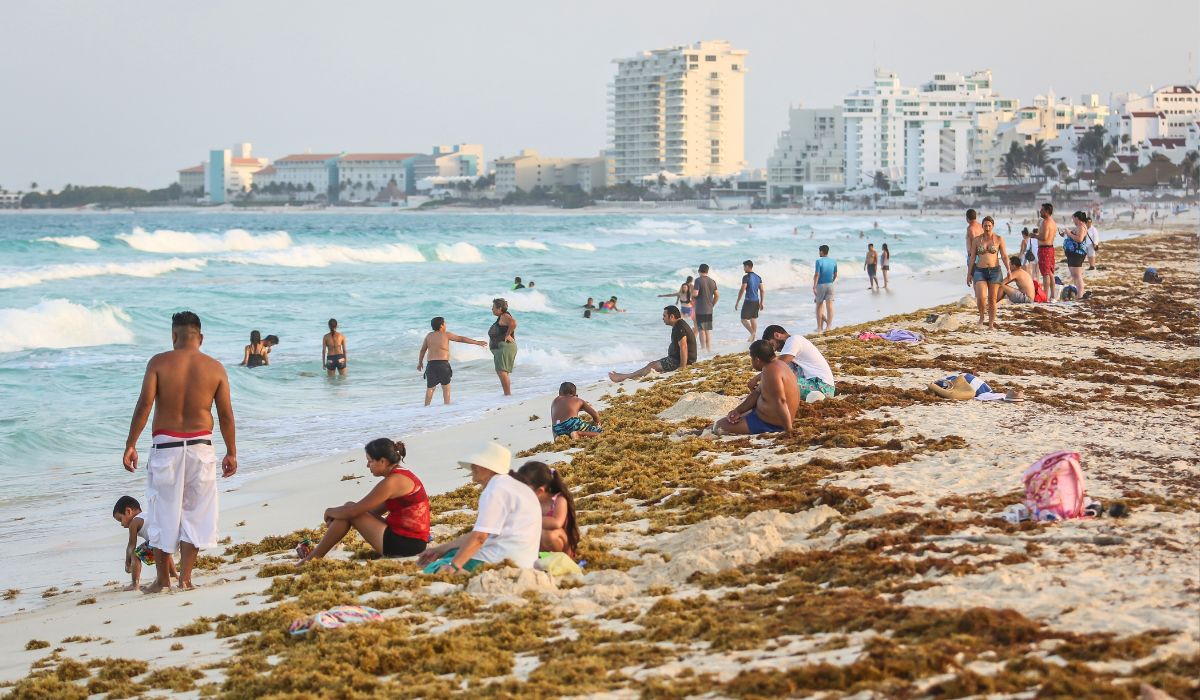For years, experts have told us that sargassum is harmless to humans and that swimming in a sea where the algae is present should not be a problem. While that is still partially true, it is no longer recommended.
Let’s make things clear. Swimming at a beach with small pieces of sargassum scattered throughout the water poses little to no health risks.
The problem with sargassum today is that these little spots have become tons of them. This algae is found not only in water but also on beaches, where it can remain for days in a phenomenon known as “invasion.“
The algae “is a good thing if it is offshore…Sargassum provides habitat for hundreds of species and invertebrates and even endangered sea turtles, and supports pelagic fisheries such as mahi mahi and other fish that feed on prey,” explains Brian LaPointe, a research professor at the Florida Atlantic University Harbor Branch Oceanographic Institute in Fort Pierce.
But sargassum is no longer isolated in the open sea. Since 2014, it has been arriving en masse on most Caribbean beaches, from the Lesser Antilles to southern Florida.
Why you shouldn’t swim on beaches with sargassum
According to Rosa Elisa Rodríguez Martínez, member of the Academic Unit of Reef Systems of the Institute of Marine Sciences and Limnology of Quintana Roo, swimming in a sea covered with Sargassum can be harmful to swimmers because it contains zinc, arsenic, lead and phosphorus.
On the other hand, the Center for Resource Management and Environmental Studies (CERMES) warned about this Prolonged contact with sargassum causes rash and nausea.
When it decomposes, this algae causes ‘anoxia’, which means the water loses oxygen. This causes a build-up of toxic sulfur gas, hence the unpleasant odor.
Jellyfish larvae present in large sargassum mats may also do so cause itchy rashes and red spots on the skin.
‘You can swim in the water when there is sargassum and people do that, but I have seen some reports of sea lice associated with sargassum in water with large mats of it floating around,” says LaPointe.
Here the expert is referring to moderate amounts of sargasum, and not what we now see on many beaches in the Caribbean.
Another aspect to keep in mind are the stinging organisms that live in large blobs of algae.
Besides all this, swimming with sargassum can also be unpleasant.
You’ll have to push it out of your route, but if that’s not possible, sargassum can feel like a loofah rubbing against your skin.
According to reports from the Dolphins, dolphins even use it to scratch themselves Wild dolphin project.
Therefore, it is best to find a beach that is not heavily infested with sargassum and not go into the sea when there is a lot of algae.




